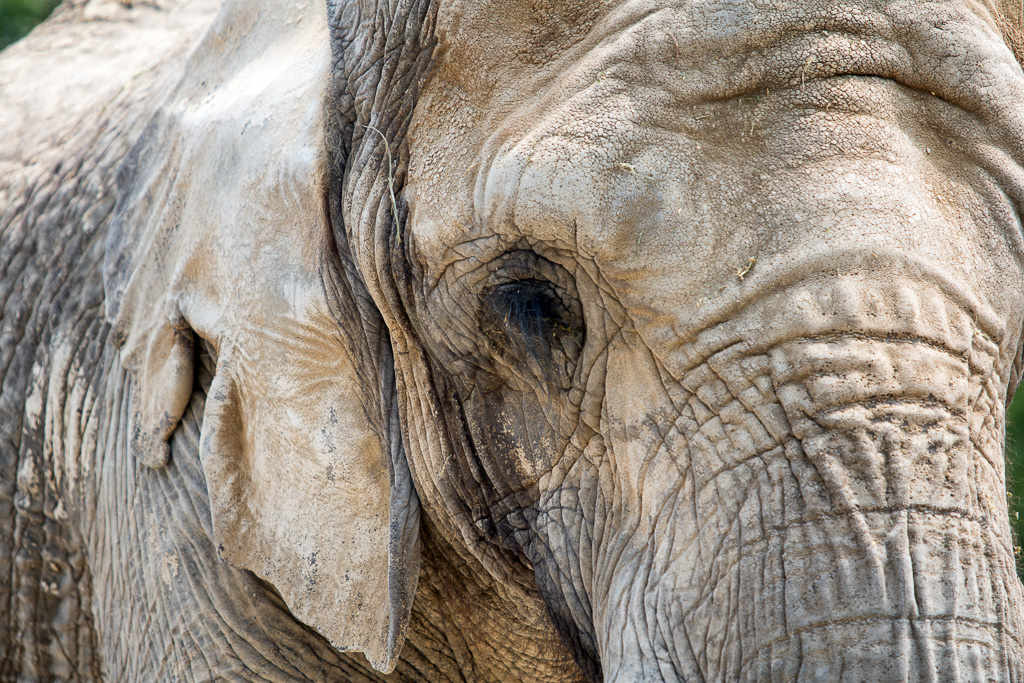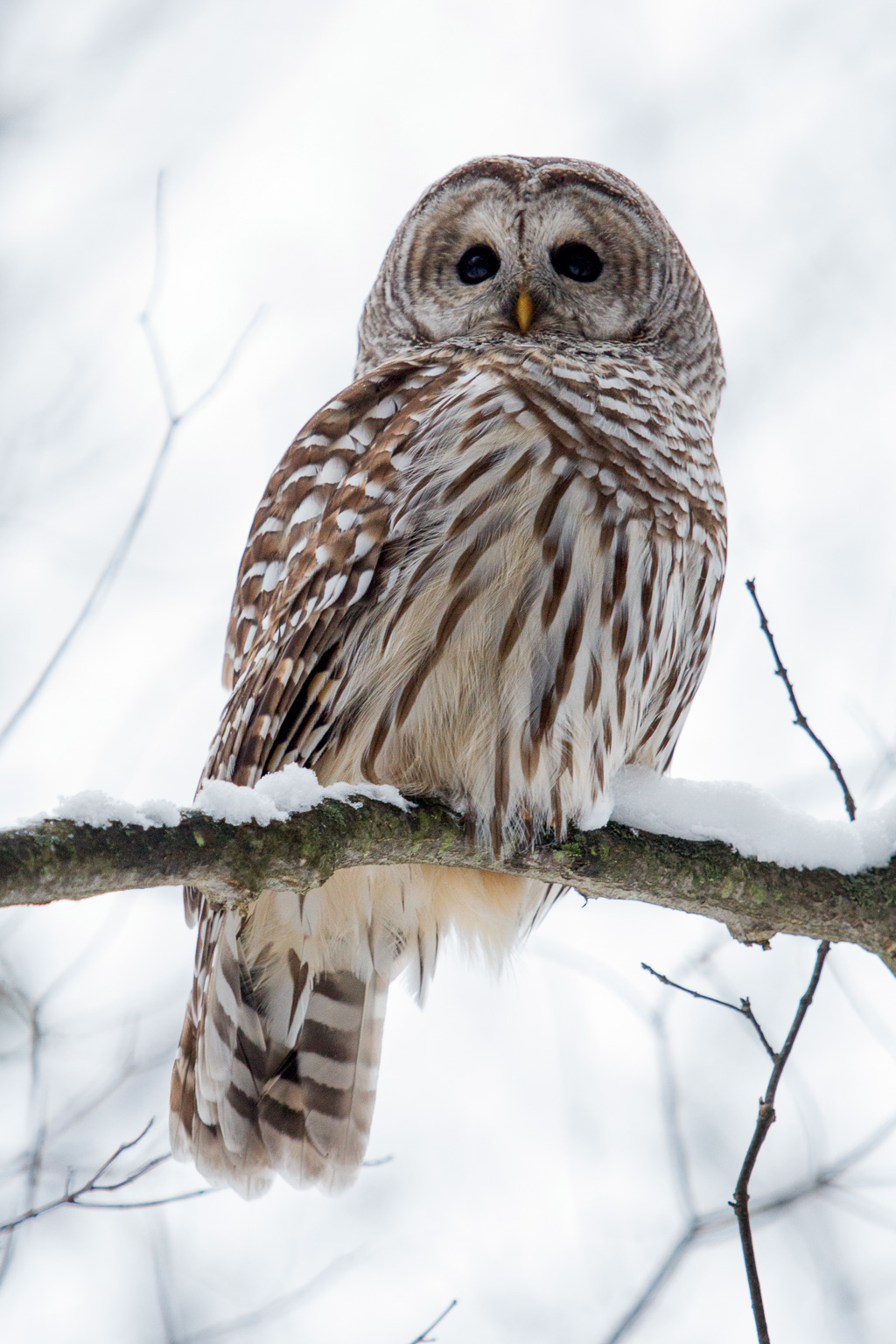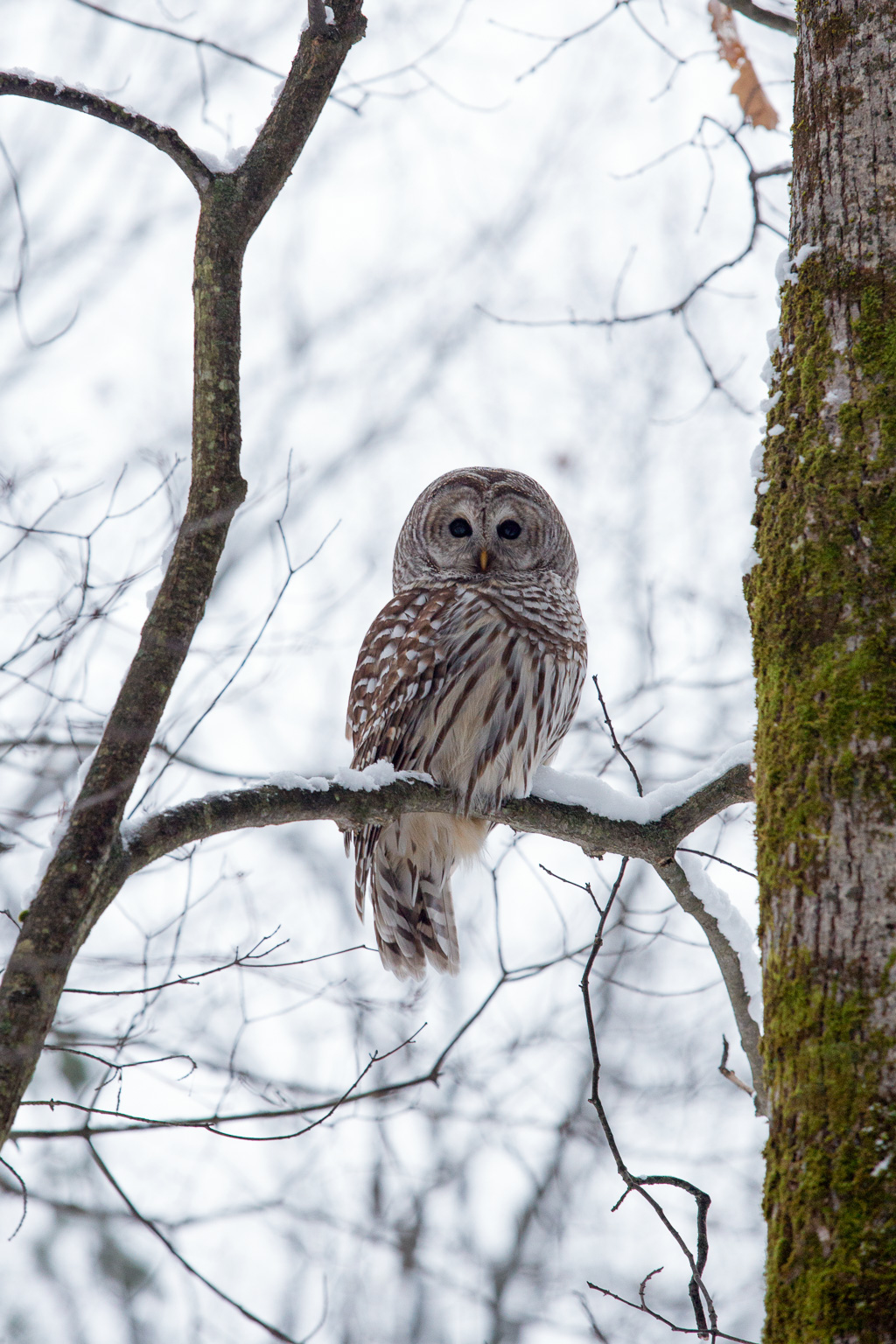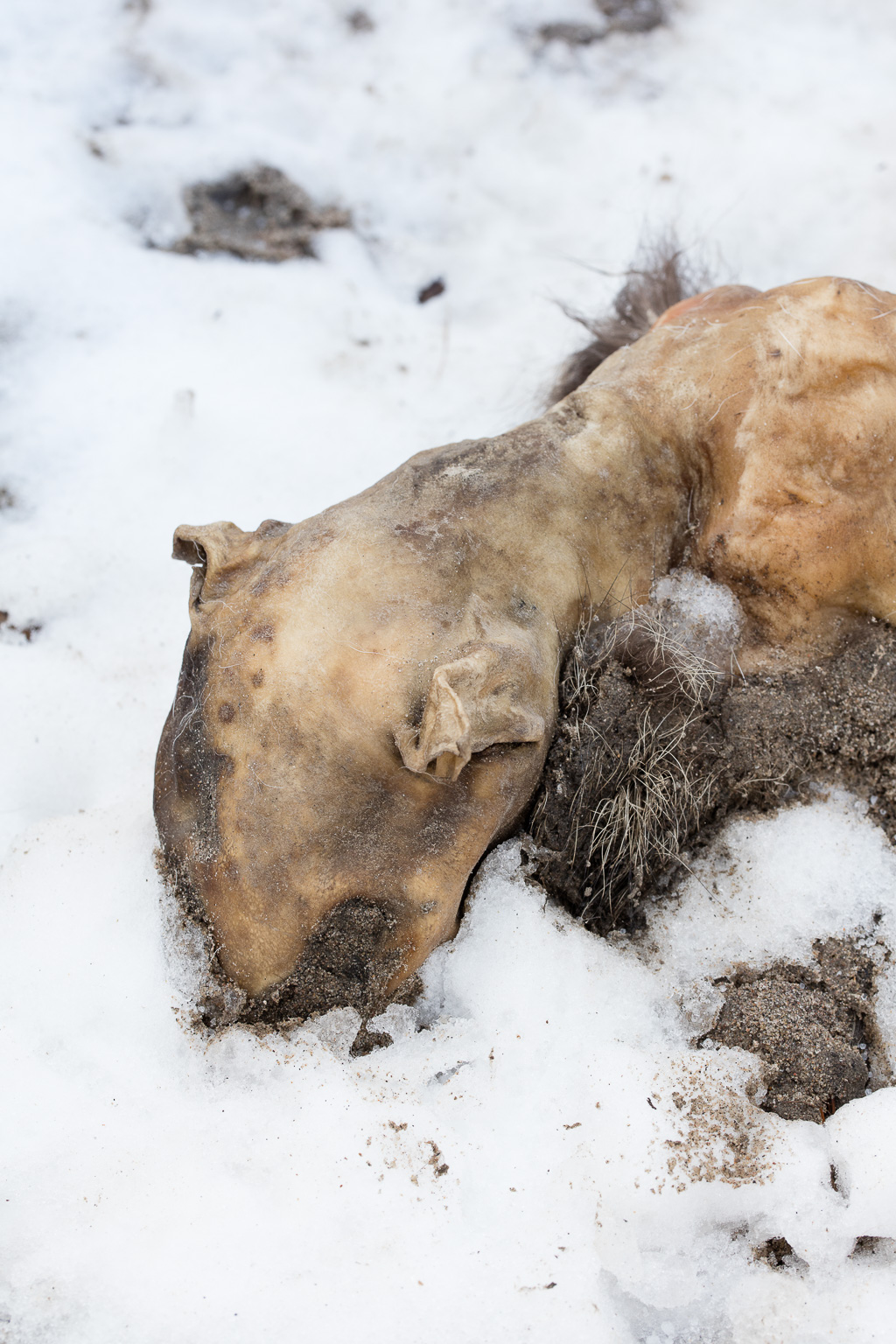Whether I mean it or not, much of what I shoot ends up being a meditation on the ephemeral nature of life. This becomes especially apparent when I revisit images years after the fact. The building has been demolished. The flower has wilted. The subject has grown old or has died. These photographs remind me of the way things were and, depending on my relationship to their subjects, they fill me with feelings of regret or wistfulness or happiness.
But not always.
Every once in a while, I have an encounter that sets me outside time. I share today’s photo not because it’s a wonderful photo (it’s not) but because it reminds me of such an encounter outside time. I was out for an early morning walk along the abandoned rail line above Toronto’s Evergreen Brick Works Park when I heard a rustling along a path that tracks alongside the rail line. Looking up the slope to the path, I saw a buck staring down at me. It was an unexpected sight in the middle of a major metropolitan city. I raised my camera and took a few shots as it continued to stare down at me. When I lowered my camera, it held still. We simply stood and stared at one another.
What I take from this encounter is the memory of a feeling, the sensation that this moment had been bracketed. It was almost a mystical feeling. Something had pulled the moment out of the morning, out of the day, out of my existence. I hesitate to call it “my existence” as if I can legitimately apply a possessive pronoun to something as numinous as my presence in the universe.
Perhaps other pronouns are more fitting for this encounter. I’m mindful of Martin Buber’s I/Thou dyad. In that moment, I ceased to see the buck as an “It” and saw it, instead, as “Thou”. Or maybe I have things backward. Maybe I saw the buck as “Thou” and for that reason entered into a state that placed the two of us outside time. I lowered my camera and ceased to concern myself with capturing the buck as an “It” on a memory card.
I’m mindful, too, of William Blake’s Auguries of Innocence:
The wild deer, wandring here & there
Keeps the Human Soul from Care
The same poem calls us to hold “Eternity in an hour.” Writing more than two centuries ago, Blake recognized how Britain’s nascent industrialization was regimenting time. No less than the coal-fired mills and the newly invented engines, our strictures on the passage of time were doing violence to the natural world. Given our current trajectory, an encounter with a buck in the middle of a large city strikes me as nothing short of a miracle.





